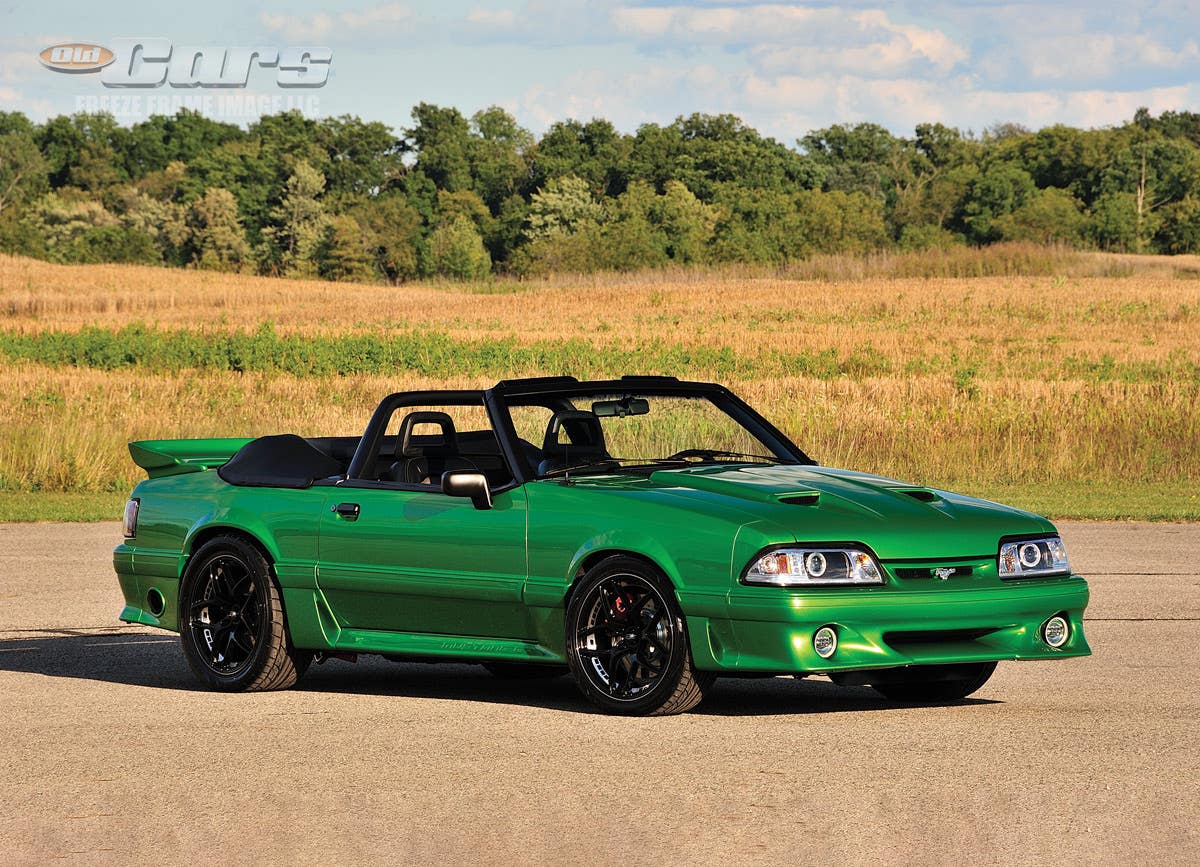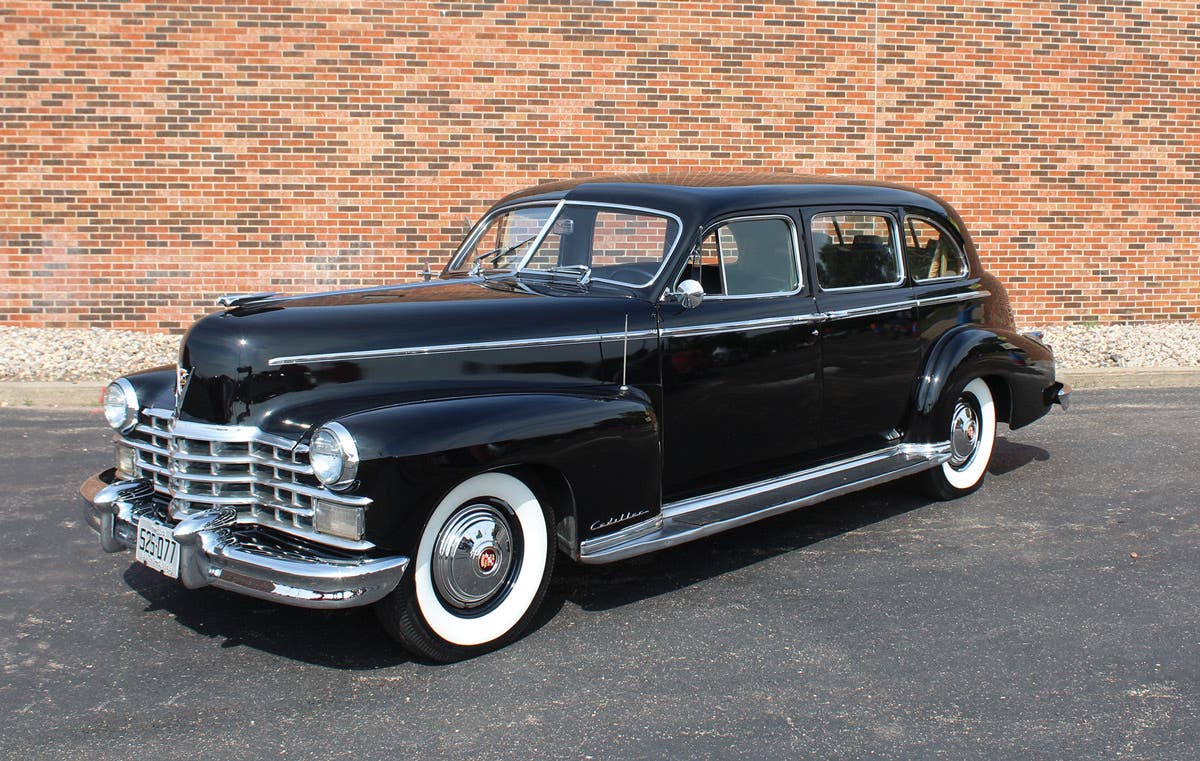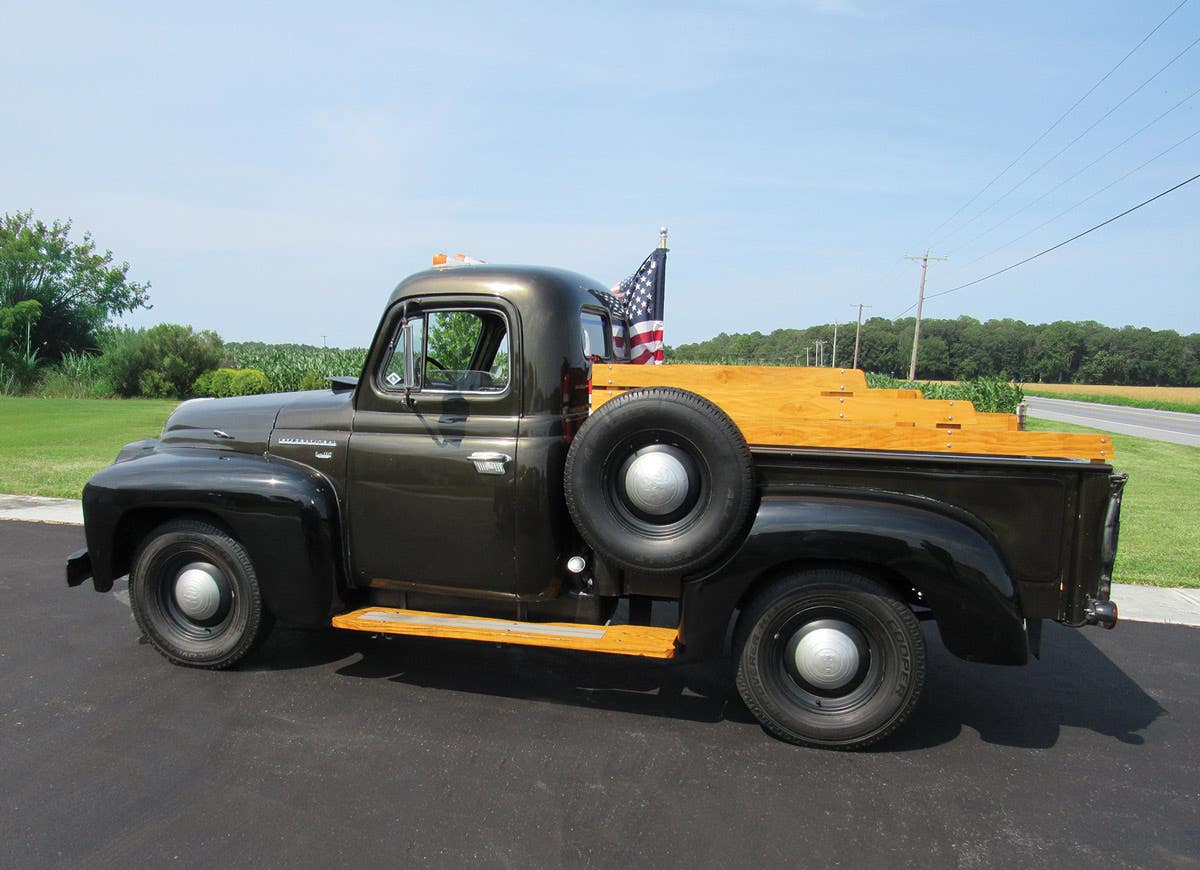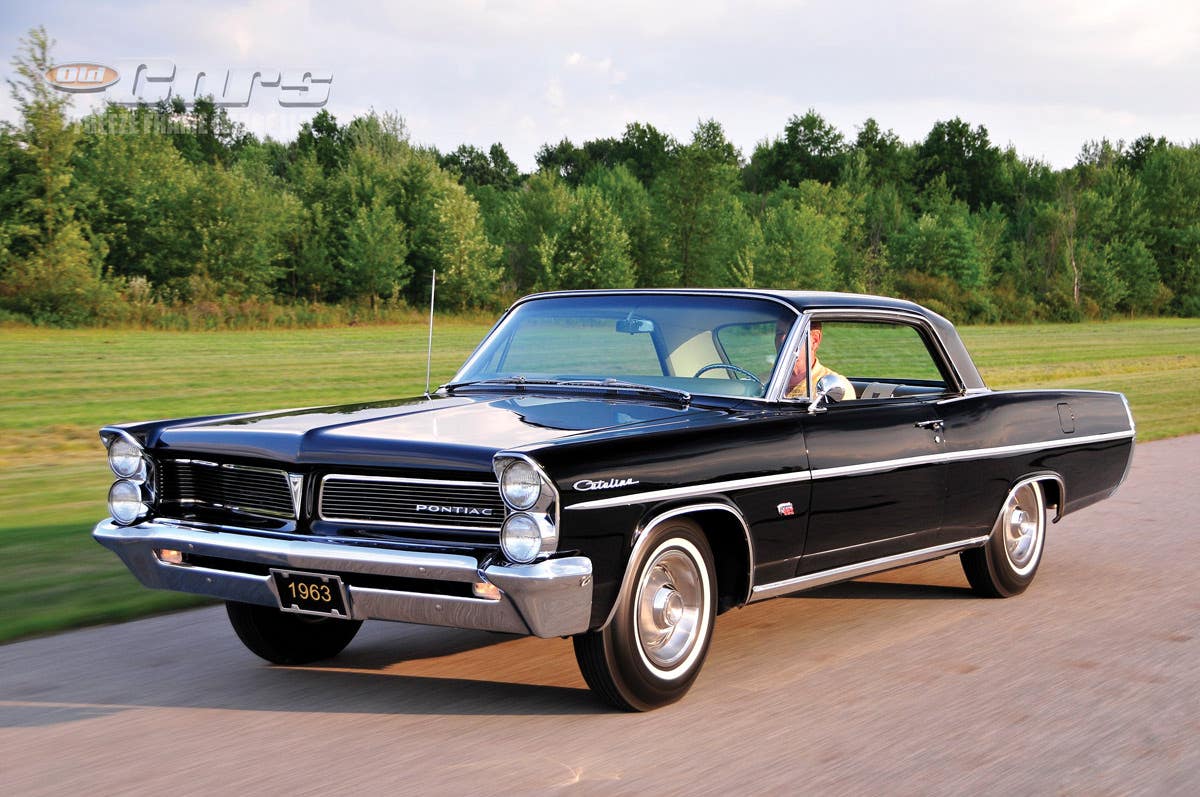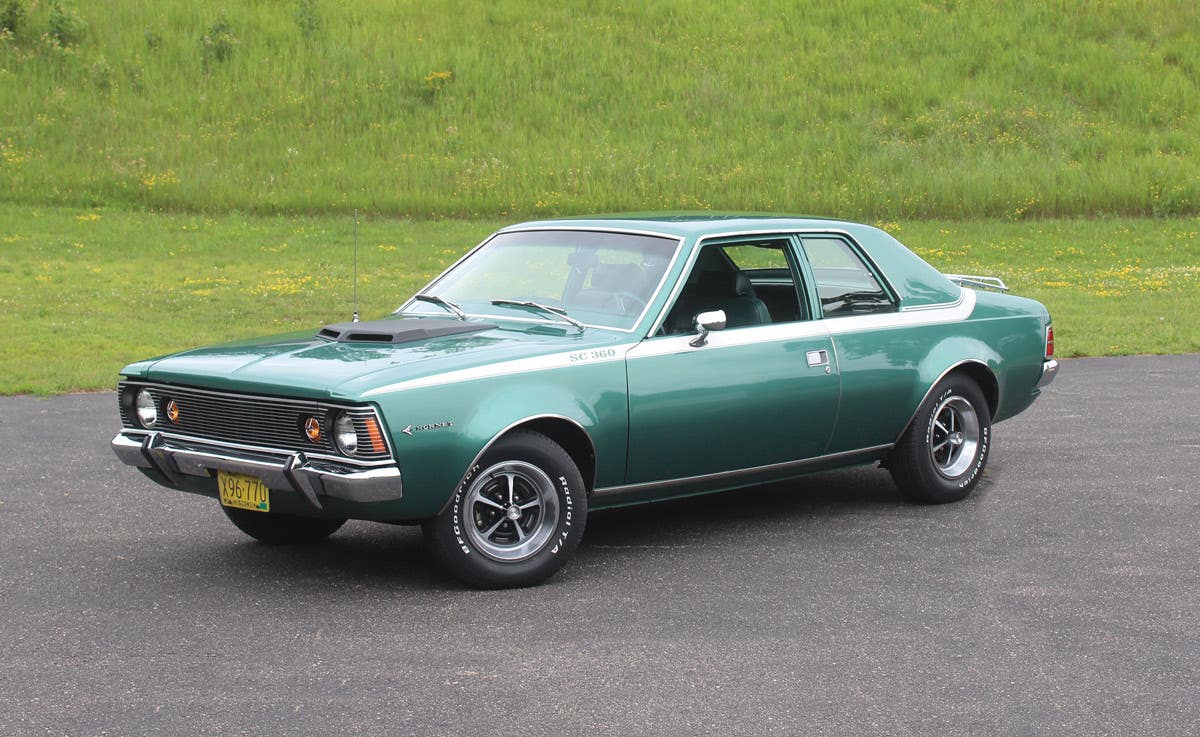Found: Iowa ‘Letter Car’ stash
Finned-car collectors find a pair of 300 ragtops, and more.
A proud George Collar stands by the newest additions
to his garage, a 1960 300-F and 1961 300-G convertible.
The dusty convertibles are pictured in the cinder-block
garage in which they were found. Several of the cars
wear license plates last renewed in 1967.
With interest and values of Chrysler “Letter Cars” growing with nearly every passing year, the first place you’d expect to see a 1960 Chrysler 300-F or 300-G is at a car show. The last place is the “bad part” of Davenport, Iowa, behind an olive green two-story slated for destruction.
George Collar and Bob Brown of Wisconsin Rapids, Wis., had decided that, because of the quickly escalating values of finned MoPars, they would not add any 1950s or ’60s Chryslers to their already sizable collection. The decision was agreed upon, despite the fact they still didn’t own the current king of “Letter Cars” — a 1960 300-F convertible — a MoPar they had wanted for several years. That plan was quickly reversed, however, when fellow finned MoPar fan Dr. Milt McMillen contacted them in 2008.
McMillen spotted an innocuous advertisement on a Chryser Web site simply stating “Chrysler 300s for sale.” Upon further investigation, Paul learned that a long-deceased enthusiast’s car collection was for sale, and that it included some intriguing 1950s and early-1960s cars, including a 1958 Plymouth Fury with dual quads, a 1963 Pontiac Catalina with a tri-power 421-cid V-8, a 1955 Chrysler C-300 and a pair of “Letter Car” convertibles: a 1960 300-F and a 1961 300-G.
The 1949 Lincoln Cosmopolitan coupe and 1955
Chrysler C-300 were also part of the Davenport, Iowa,
car stash.
Paul knew that Brown and Collar wanted a 300-F convertible to match a 300-F hardtop they already owned, and so he forwarded the information about the “Letter Cars.”
After receiving the tip, Brown didn’t waste any time getting in touch with the deceased owner’s son. Chrysler only built 1,212 Chrysler 300-F models in 1960, and of those, a scant 248 were convertibles. Given the demand for 300-F models, Brown knew time was of the essence. He called on a Saturday morning with a plan to see the cars the next day. After hanging up the phone, Brown discovered the cars were only about seven hours away from his Wisconsin Rapids home, so he and Collar jumped in a vehicle and drove to Davenport that day. When they arrived in Davenport, it was already dark, but Brown and Collar figured they would try to see the cars that night. They called the son to surprise him with news of their early arrival and to view the 300s that night.
Bob Brown (left), the seller (middle) and George
Collar (right) stand with the loaded finned car fleet
for their parade to Wisconsin. This 2008 sight was
surely a neck-spinner in traffic as the caravan made
its way from Iowa.
Brown recalled, “When I called to say, ‘We’re here,’ the son said, ‘It’s not possible to see the cars tonight. After dark, you hear gun shots.’
“We were concerned the evening we went there, that the whole thing was some kind of scam,” Brown said. “After I talked to the guy, he was concerned it was a scam, too. He thought somebody was going to take him down there and shoot him. We laughed about it after we made the deal and they saw we were legitimate and I saw they were legitimate.”
The pair wisely waited until morning, but it was worth the anxious wait. Any fears of getting scooped on the rare 300s vanished when they laid eyes on the spectacular and long-forgotten collection of primo iron. Behind the rough house were cinder-block garages that contained long-hidden cars last licensed no later than the early 1970s. Over time, the cars had sunk on their flat tires, making it impossible to see their condition underneath. It was also obvious that animals had found a way into the garage, but the cars were clearly complete, straight and solid. The condition of the 300-F convertible alone reflected that of a seven-year-old car that had been parked for 40 years.
“The widow told me they bought the ‘61 300-G convertible in Florida, which is confirmed with the dealer information we got from Chrysler archives and the title, and moved it to Iowa in the late 1960s or early ‘70s, she couldn’t remember when,” Brown said. “She did say they drove the 300-G convertible as a daily driver when it was in Florida.”
Just as they hoped, Brown and Collar were able to make a deal with the owners on the 300-F convertible, a white example still retaining the factory-installed 413-cid wedge-head V-8 with dual four-barrel carburetors crowning a set of long-ram intake manifolds.
What Collar and Brown didn’t expect was to be mesmerized by the 300-G convertible parked next to the 300-F. The convertible was only six years old when it was parked and, in addition to the same dual-carbureted 413-cid engine, it was equipped with air conditioning and a specially sprayed Sheffield Silver color — a hue not offered among the four color choices available on the 300-G that year. For parts, a third Chrysler, a 1960 New Yorker sedan, was also purchased out of the Davenport collection.
The pair of collectors expect to give their new finds a proper restoration in the next few years. When the cars are completed, they hope to display the 300s with their other MoPars at the Iola Old Car Show.
And what about that good friend who led Collar and Brown to the 300s? He made off with the 1958 Fury. Not a bad deal all around.
CLICK HERE to tell us what you think in the Old Cars Weekly forums
- Photos by Bob Brown and George Collar
Angelo Van Bogart is the editor of Old Cars magazine and wrote the column "Hot Wheels Hunting" for Toy Cars & Models magazine for several years. He has authored several books including "Hot Wheels 40 Years," "Hot Wheels Classics: The Redline Era" and "Cadillac: 100 Years of Innovation." His 2023 book "Inside the Duesenberg SSJ" is his latest. He can be reached at avanbogart@aimmedia.com



